The Sukhita approach has at its heart a profound simplicity that makes this somatic experience accessible. Our challenge, is not to strive to achieve some state of balance, but to learn to do less, to develop a simplicity of effort, contrary to our learnt reflex, that reveals how we get in the way of the balance we seek. Rather than fight and try to achieve what we long for we need to let go to find a new and more wholesome way for us to approach life.
It's a lot like looking after plants. We cannot demand fruit ripen when we want. We all know harvest materialises when the conditions are right for growth and maturity. Nature takes the time it needs. In the same way our job is to give our attention in a skilful way to create the right conditions for our own fruit, and in this sense, we are all gardeners, simply needing the knowledge of what to sow and how to grow, how and when to prune, and what to let wither and remove. When we learn to do this well, nature will take care of the rest.
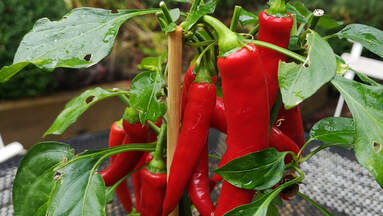
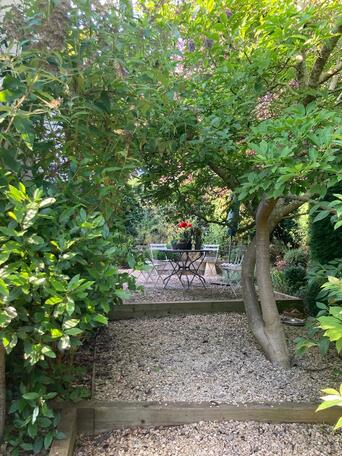
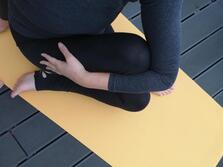
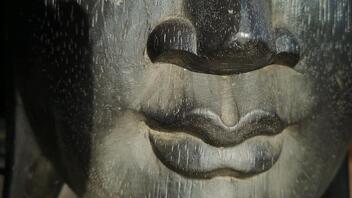
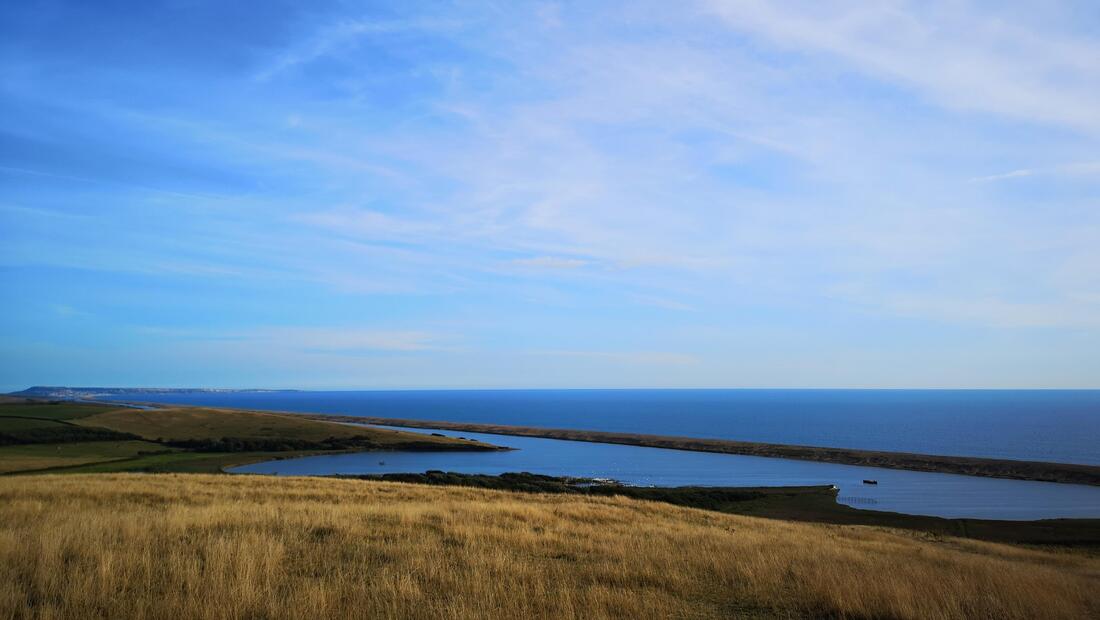
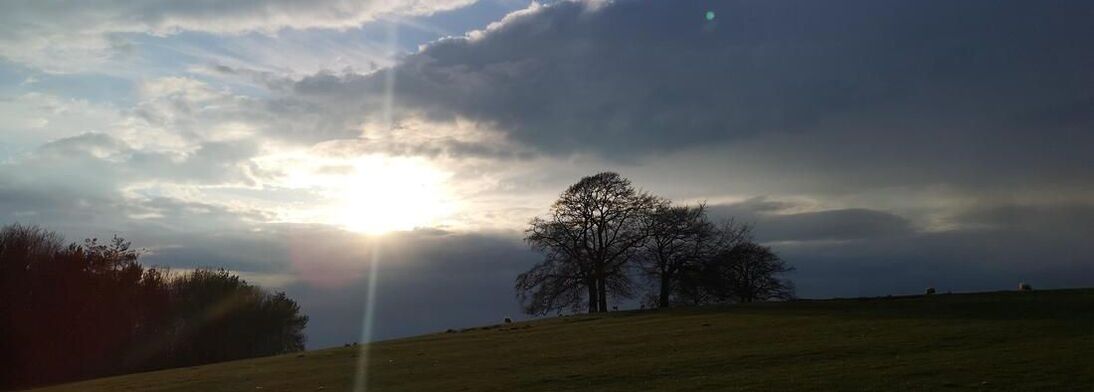
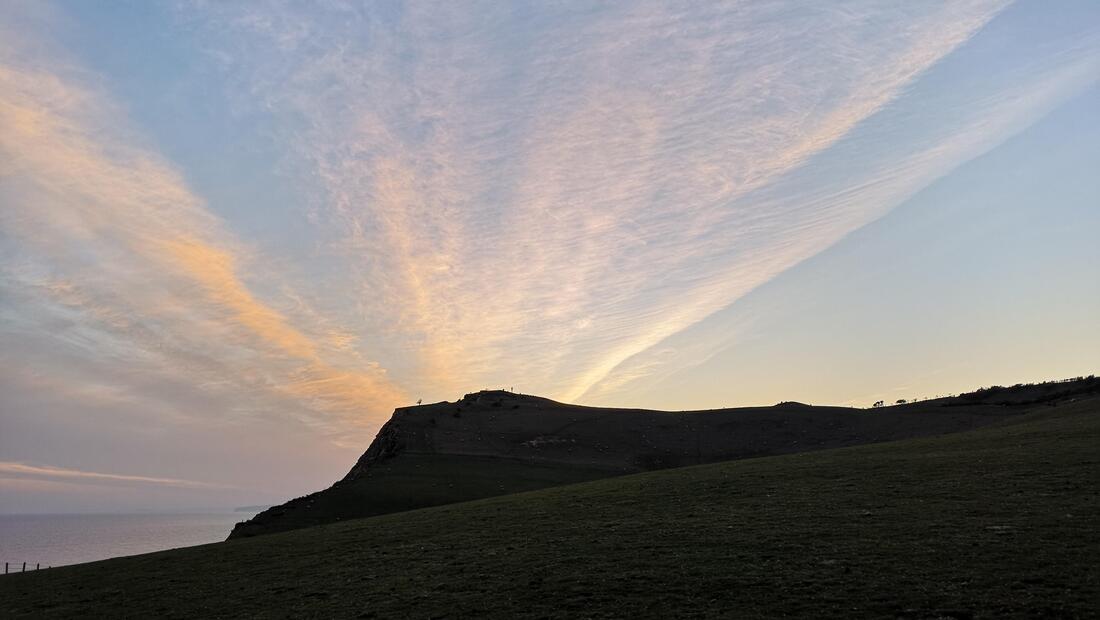
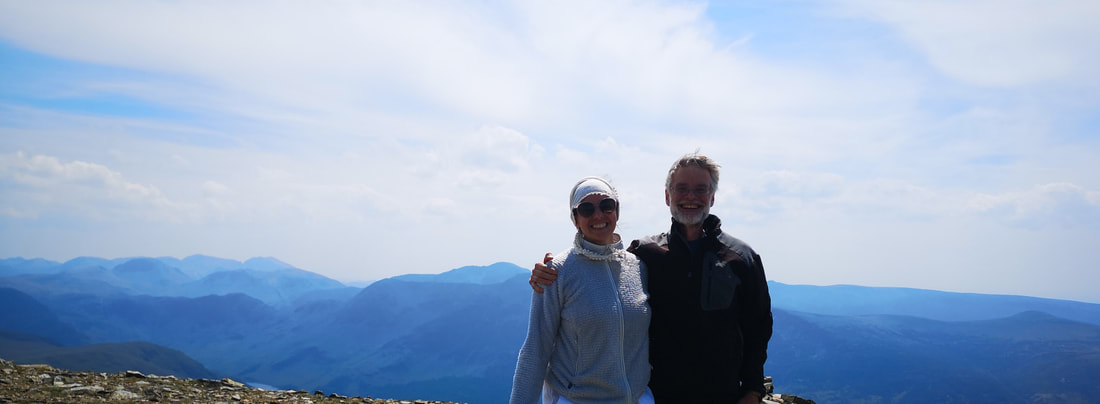
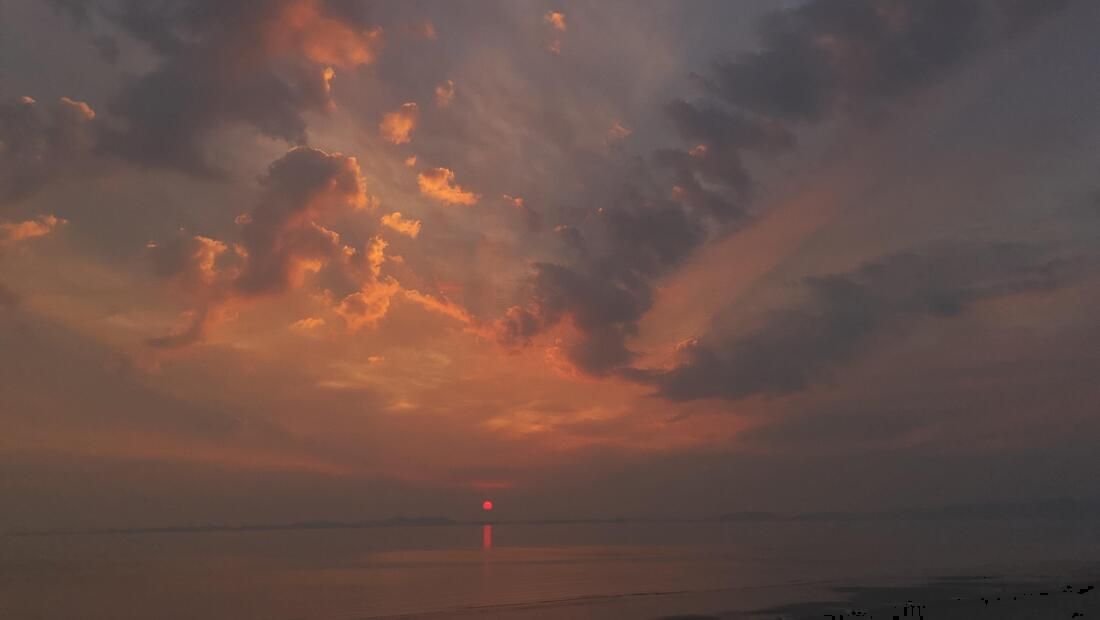
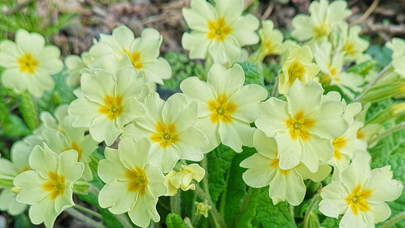
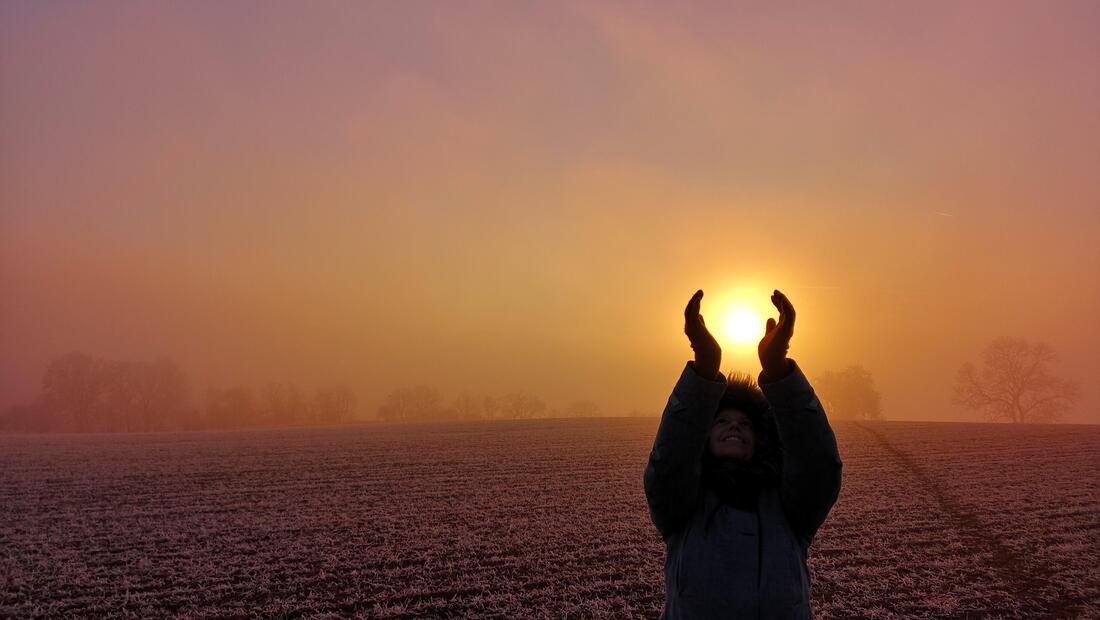
 RSS Feed
RSS Feed